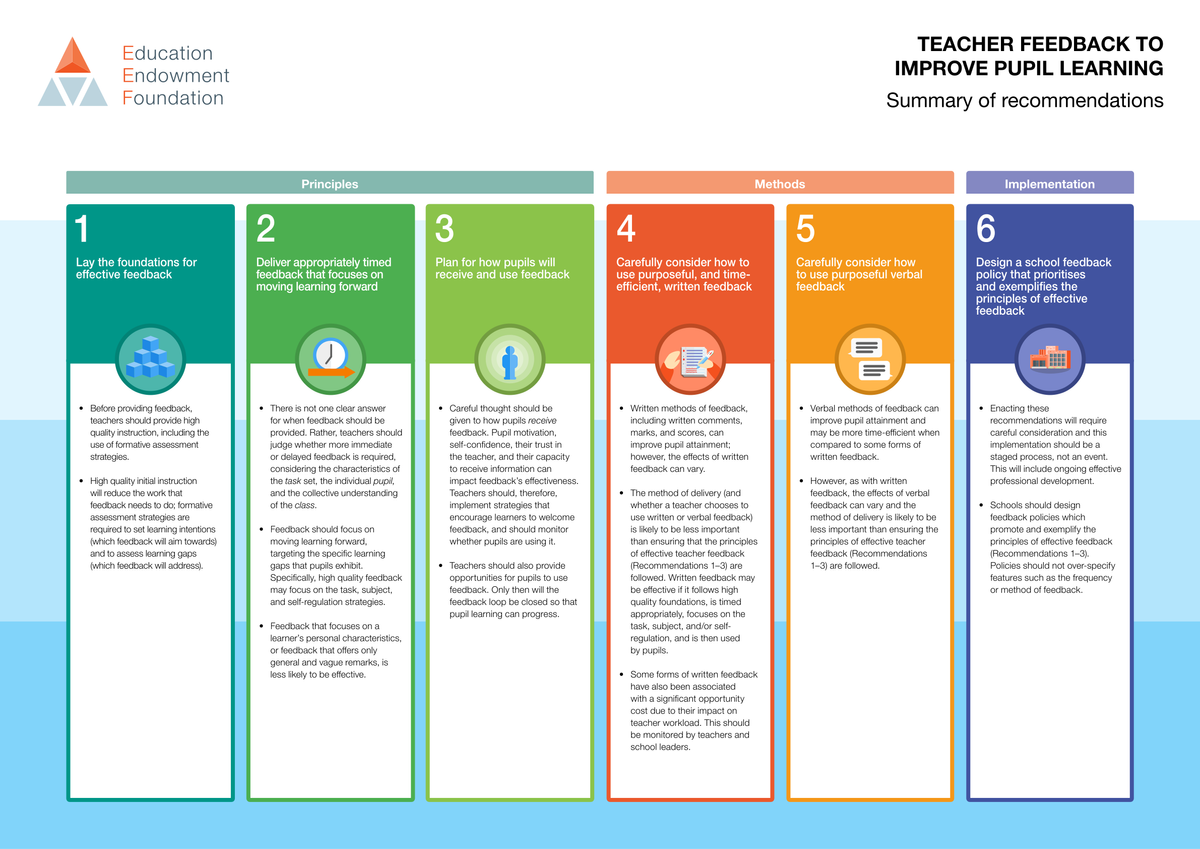Learning Spotlight

From the CPS Learning Specialist Team:
Kate Lawerson & Genevieve Murtagh
At Carnegie Primary School, effective feedback is a key part of our teaching practice. Feedback helps students understand where they are in their learning, where they need to go next, and how to get there. It is most powerful when it is timely, specific, and actionable, and when students are given the opportunity to respond and improve their learning as a result.
In the past, it was common practice for teachers to collect all students’ books after a lesson and correct them. However, this approach has been shown to be time-consuming and largely ineffective, with minimal impact on improving student learning.
Feedback at CPS takes many forms. This includes:
- whole class feedback that highlights common strengths and areas for growth,
- responsive questioning during lessons,
- targeted written comments on extended tasks, and
- peer or self-assessment.
In every case, feedback links closely to the learning intention and success criteria. Teachers ensure that students understand what they’ve done well, what still needs to be done, and how they can achieve the next step.
Students are explicitly taught how to reflect on feedback and use it to guide their thinking and learning. Whether it’s a short verbal prompt in the moment, or a more detailed written response on a longer piece of work, feedback is designed to support progress.
Parents/carers can support this process by talking with children about the feedback they receive. Questions such as “What did your teacher say you did well today?”, “What are you working to improve?”, and “What do you need to do next?” reinforce the idea that learning is a process.
Research consistently shows that it’s not just the feedback itself, but how students respond to it, that makes the biggest difference. At CPS, we continue to build a culture where feedback is part of everyday learning and growth.
If you would like to learn more about evidence-aligned teaching practices linked to feedback, please see the attached summary of recommendations in the infographic, or visit ‘What Works Best Guide: Feedback’.

